Why is it so difficult to predict the future of agriculture?
Elliott GrantFounder, CEO
| 5 min read
When the pace of technology change outruns our current way of thinking — it’s time to think differently.
A decade ago, I wrote a white paper predicting what the produce industry would be like in 2020. When I re-read it recently, the predictions weren’t that far off (apart from my forecast that millennials will be wearing Google’s AR glasses while grocery shopping!). Yet when I ponder the next 10 years, not just for the produce industry, but agriculture in general — I found predicting the far future far more difficult. Why? Because the pace of change in technology is exponential — and the jumps in performance are outpacing our ability to grasp the implications.
As humans, we experience a world that mostly changes linearly. That is: the rate of change stays the same, or barely changes at all, in any time period. We’re not surprised when Olympic sprinters run slightly faster over time, for instance. But some things — like contagious infections and technology — can change at an exponential rate. That means in each subsequent time period, the rate of change increases, and those increases compound. Visualize them as two lines on a time series. Technological progress improves at human-scale increments in the early days of development — until it reaches a tipping point where the lines cross and change becomes surprising to us humans. Take, for instance, the sudden rise of emergent behaviors in AI and the unexpected jump in performance of LLMs.
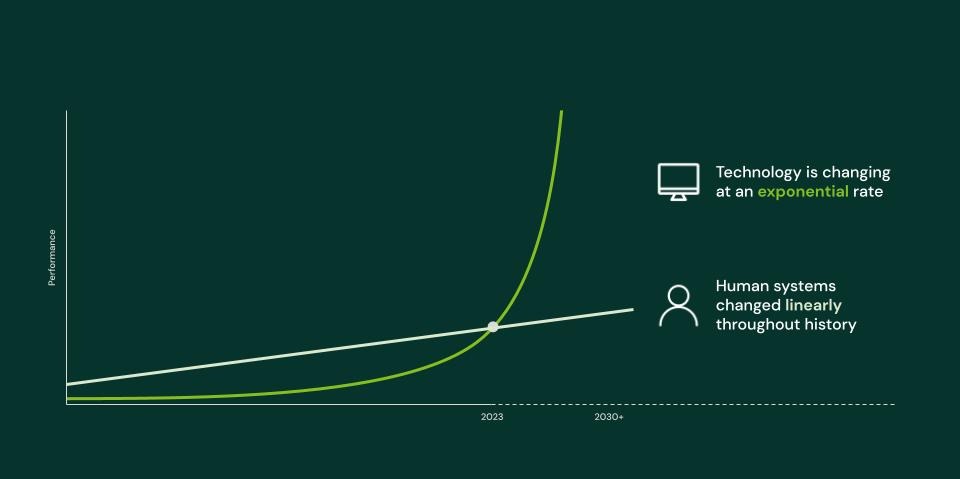
Technology improves at human-scale increments in its early days of development. And then it reaches a tipping point where the lines cross and change becomes surprising to us humans.
Breaking the bonds of linear thinking
The business of agriculture is a case study in long-term thinking. Breeding takes years, investments in farmland and equipment take many seasons to pay back, a single in-field experiment takes a crop cycle to see results — so the industry must regularly make guesses about the future. But our ability to predict not only what might happen, but when it might happen, is derailed by our intuitive linear thinking when faced with exponential change. We need a different cognitive framework.

What happens when we can embrace the complexity of nature, and the benefits of complexity, rather than trying to simplify and generalize?”
One such way of thinking differently is to suspend disbelief, ask “what happens when” a surprising or unexpected technical breakthrough happens — and then plan accordingly. Here’s that thought experiment played out for three agriculture scenarios.
What happens when the cost of measurement drops to zero? Many systems in agriculture are designed today to compensate for the high cost of measuring things. Consider how we do field trials, quality control or weed management. Where system complexity is high, we use sample measurement and simplification to try to keep it in control. But what if we could combine ubiquitous AI-powered measurement with much larger modeling? Assuming the underlying system is not entirely random, this could reveal a deeper understanding of the system. We will go from inspecting in order to react, to inspecting in order to understand.
What happens when precision becomes scalable? One early application of generative AI may be hyper-personalization. “All farming is local'' goes the saying. What happens when precision measurement and action (i.e. personalization) become scalable in agriculture? Seed and fertility prescriptions will be personalized to the subfield, plot or even plant level. We can embrace the complexity of nature, and the benefits of complexity, rather than trying to simplify and generalize.
What happens when we can generate simulated data of the natural world? One of the challenges of training AI models in agriculture — particularly models that need to learn subtle features and perform with high accuracy — is the high cost of acquiring and labeling images for training. Projecting our model improvements linearly suggested that we faced an insurmountable scalability challenge to collect enough diverse crop images in enough different locations to train robust models. So several years ago, we began experimenting with training AI models using simulated images created by other AI models. At first, the dreamlike renderings of fruits and leaves had no impact on model accuracy. But then, all of a sudden, the performance of this AI image generation took off rapidly. And it wasn’t just simple images we wanted to create. We imagined creating entire plants in silico — a complete simulation of an object in the natural world — that could output photorealistic training images that reflect the complexities of any plant, from any camera angle, at any time of the day and against any kind of soil background. Our early attempts were laughably cartoonish. But once large model performance jumped, we were able to generate photorealistic images of specific plants using prompts.
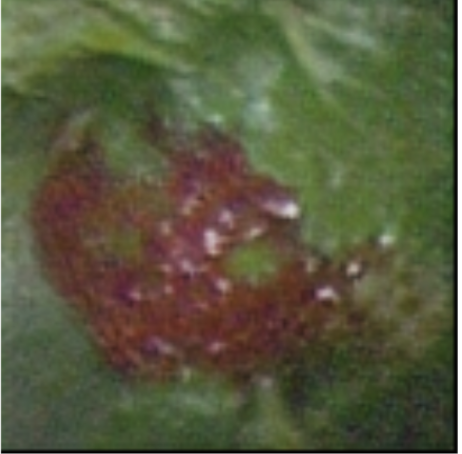
In 2020, Mineral AI generated low-accuracy, low-quality simulated images of a strawberry.
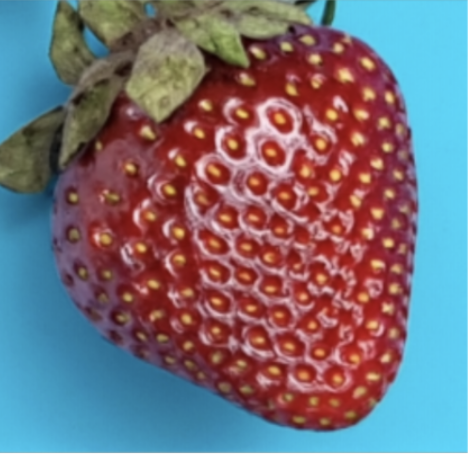
Then, AI image generation took off, as you can see by the simulated strawberry here in 2023.
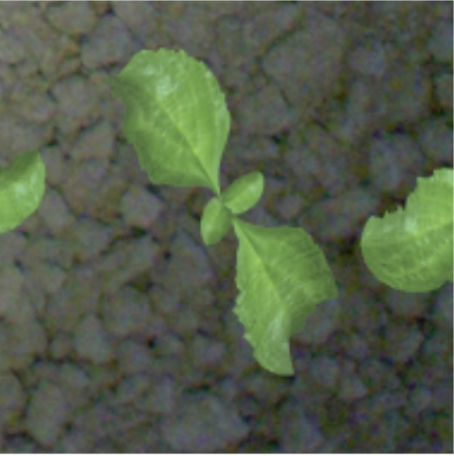
Similarly, Mineral AI simulated images of an emerging plant, but the results were low-accuracy, low-quality.
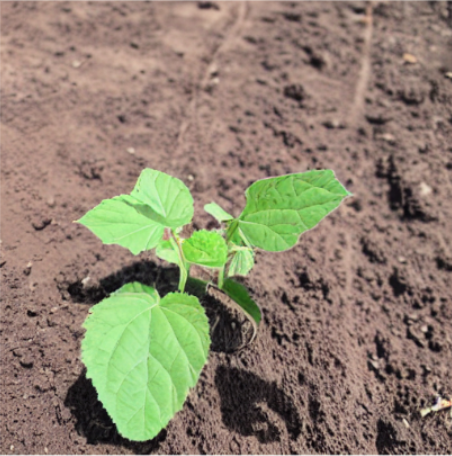
In 2023, AI image generation performance jumped, allowing us to create more accurate plant simulations.
I have learned not to linearly project historical progress into the future. Prepare for surprises — and plan accordingly.”
Finding optimism in uncertainty
At Mineral, we’ve been "what-iffing" our way through hundreds of scenarios for producing more food with less negative impact on the planet, and adapting to a changing climate.
What will be possible with AI ten years from now, given the progress in the past couple of years? Could we create a full 3D model of a plant? Very likely. Could we simulate the physics of the plant accurately? Probably. What about accurately modeling biochemical processes such as phototropism? Or predicting leaf shape from a gene sequence? Those would undoubtedly transform our understanding of the plant world, but it’s hard to say if and when they will be possible.
And that’s the point.
I can’t predict what the agriculture industry will look like 10 years from now, what the business models will be, or whether scientists will have unlocked the secrets of the genome. But I have learned not to linearly project historical progress into the future. That is a recipe for underestimating the potential of technology for positive impact. Prepare for surprises — and plan accordingly.